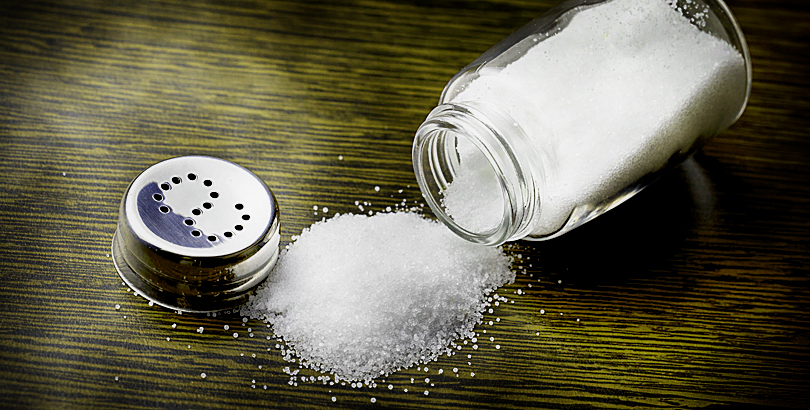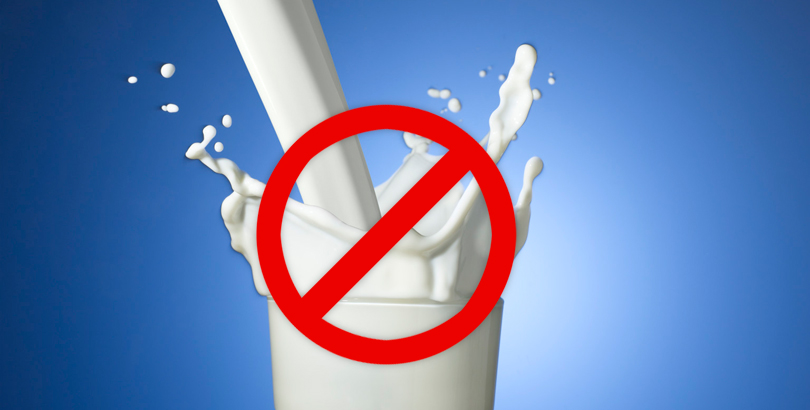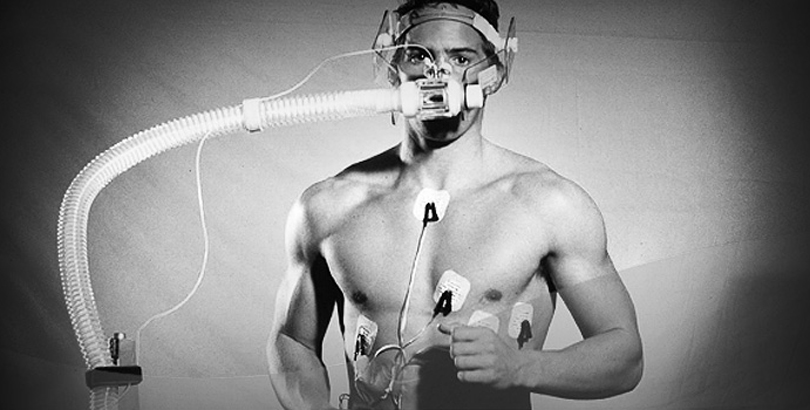What is insulin?
Insulin is a hormone made in the pancreas, an organ located behind the stomach. The pancreas contains clusters of cells called islets. Beta cells within the islets make insulin and release it into the blood. Insulin plays a major role in metabolism – the way the body uses digested food for energy. The digestive tract breaks down carbohydrates – sugars and starches found in many foods-into glucose. Glucose is a form of sugar that enters the bloodstream. With the help of insulin, cells throughout the body absorb glucose and use it for energy.
Insulin’s Role in Blood Glucose Control
When blood glucose levels rise after a meal, the pancreas releases insulin into the blood. Insulin and glucose then travel in the blood to cells throughout the body. Insulin helps muscle, fat, and liver cells absorb glucose from the bloodstream, lowering blood glucose levels. Insulin stimulates the liver and muscle tissue to store excess glucose. The stored form of glucose is called glycogen.
Insulin also lowers blood glucose levels by reducing glucose production in the liver. In a healthy person, these functions allow blood glucose and insulin levels to remain in the normal range.
What is insulin resistance?
Insulin resistance is a condition in which the body produces insulin but does not use it effectively. When people have insulin resistance, glucose builds up in the blood instead of being absorbed by the cells, leading to type 2 diabetes or prediabetes. Most people with insulin resistance don’t know they have it for many years—until they develop type 2 diabetes, a serious, lifelong disease. The good news is that if people learn they have insulin resistance early on, they can often prevent or delay diabetes by making changes to their lifestyle. Insulin resistance can lead to a variety of serious health disorders. The section “What is metabolic syndrome?” provides more information about other health disorders linked to insulin resistance.
What happens with insulin resistance?
In insulin resistance, muscle, fat, and liver cells do not respond properly to insulin and thus cannot easily absorb glucose from the bloodstream. As a result, the body needs higher levels of insulin to help glucose enter cells. The beta cells in the pancreas try to keep up with this increased demand for insulin by producing more. As long as the beta cells are able to produce enough insulin to overcome the insulin resistance, blood glucose levels stay in the healthy range. Over time, insulin resistance can lead to type 2 diabetes and prediabetes because the beta cells fail to keep up with the body’s increased need for insulin. Without enough insulin, excess glucose builds up in the bloodstream, leading to diabetes, prediabetes, and other serious health disorders.
What causes insulin resistance?
Although the exact causes of insulin resistance are not completely understood, scientists think the major contributors to insulin resistance are excess weight and physical inactivity.
Excess Weight
Some experts believe obesity, especially excess fat around the waist, is a primary cause of insulin resistance. Scientists used to think that fat tissue functioned solely as energy storage. However, studies have shown that belly fat produces hormones and other substances that can cause serious health problems such as insulin resistance, high blood pressure, imbalanced cholesterol, and cardiovascular disease (CVD).
Belly fat plays a part in developing chronic, or long-lasting, inflammation in the body. Chronic inflammation can damage the body over time, without any signs or symptoms. Scientists have found that complex interactions in fat tissue draw immune cells to the area and trigger low-level chronic inflammation. This inflammation can contribute to the development of insulin resistance, type 2 diabetes, and CVD. Studies show that losing the weight can reduce insulin resistance and prevent or delay type 2 diabetes.
Physical Inactivity
Many studies have shown that physical inactivity is associated with insulin resistance, often leading to type 2 diabetes. In the body, more glucose is used by muscle than other tissues. Normally, active muscles burn their stored glucose for energy and refill their reserves with glucose taken from the bloodstream, keeping blood glucose levels in balance.
Studies show that after exercising, muscles become more sensitive to insulin, reversing insulin resistance and lowering blood glucose levels. Exercise also helps muscles absorb more glucose without the need for insulin. The more muscle a body has, the more glucose it can burn to control blood glucose levels.
Other Causes
Other causes of insulin resistance may include ethnicity; certain diseases; hormones; steroid use; some medications; older age; sleep problems, especially sleep apnea; and cigarette smoking.



















